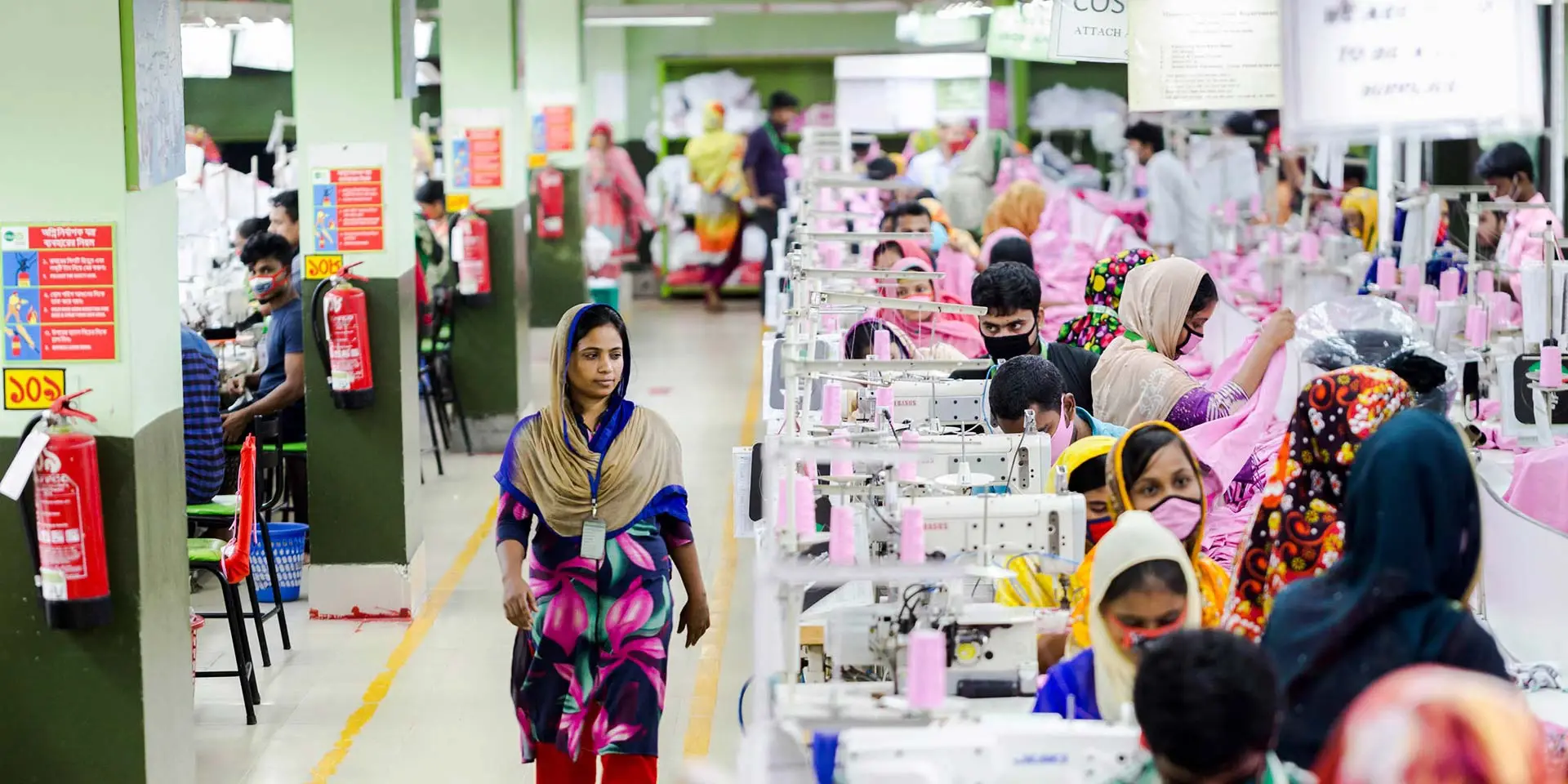The specter of crippling US tariffs, officially set to take effect on August 1st, looms large over Bangladesh, threatening to unleash an economic and social crisis. On July 8th, US President Donald Trump announced through his social media platform, Truth Social, that manufacturing hubs like Bangladesh will face steep tariffs of 35% on their garment exports. This drastic increase, more than double the current average of 15% on Bangladeshi goods, has sent shockwaves through the nation, which relies heavily on its ready-made garment (RMG) sector for economic stability and employment.
The United States is Bangladesh's largest garment export destination. Last year, Bangladesh's total exports to the US amounted to $8.4 billion, with garments comprising a significant $7.34 billion of that figure. In the first four months of 2025 alone, Bangladesh's apparel exports to the US reached $2.98 billion, a 29.33% year-on-year increase, making it the fastest-growing apparel exporter to the US in that period. This growth, however, is now in severe jeopardy.
Experts and industry leaders in Bangladesh are raising urgent alarms. Selim Raihan, a professor of economics at Dhaka University, warns that if Bangladesh's competitors such as India, Indonesia, and Vietnam secure lower tariff rates – with Vietnam already striking a deal at 20% – Bangladesh will face a serious competitive disadvantage. "As production costs rise and profit margins shrink due to the tariff, many garment factories may be forced to scale back operations or shut down entirely," Raihan stated. This disadvantage could erode buyer and investor confidence, making supply chain decision-making increasingly difficult.
Mohiuddun Rubel, a former director of the Bangladesh Garment Manufacturers' and Exporters' Association (BGMEA) and additional managing director at textile maker Denim Expert Ltd., highlighted the immense pressure: "With more than doubling tariff rates, can you imagine how the cost of the products will rise?" He questioned the implications for main competitor countries like India and Pakistan, whose tariff rates with the US are still under negotiation.
A Dire Outlook for Women Workers and Families
The most devastating impact of these tariffs is expected to be on Bangladesh's four million garment workers, a significant majority of whom are women from low-income and rural backgrounds. These women often serve as the primary breadwinners for their families.
Potential layoffs within the garment industry will have an outsized and ripple effect, crippling entire families. Many of these women have taken out bank loans to support their households, relying on their garment industry wages to pay off debts. As one union representative from Cambodia articulated, a sentiment echoed in Bangladesh, "If they lose their job, it means they will lose everything." The fear is that children may be pulled from school, and aging parents may no longer afford essential medicines. The situation for these women workers, already precarious, is set to worsen considerably if these tariffs come into effect.
While Bangladesh's garment industry has been a remarkable success story, lifting millions out of poverty and empowering women, its future now hangs in the balance. The industry, which accounts for over 80% of the country's total export revenue, has made Bangladesh the second-largest garment exporter globally, behind only China. However, this heavy reliance on a single sector and a key export market leaves it highly vulnerable to adverse trade policies.
As the August 1st deadline approaches, there is a glimmer of hope that the Bangladeshi government can continue negotiations with the US to reduce the proposed tariffs. However, the anxiety across Bangladesh's garment sector remains palpable, as the lives and livelihoods of millions teeter on the edge of a potential economic catastrophe.








.svg)

